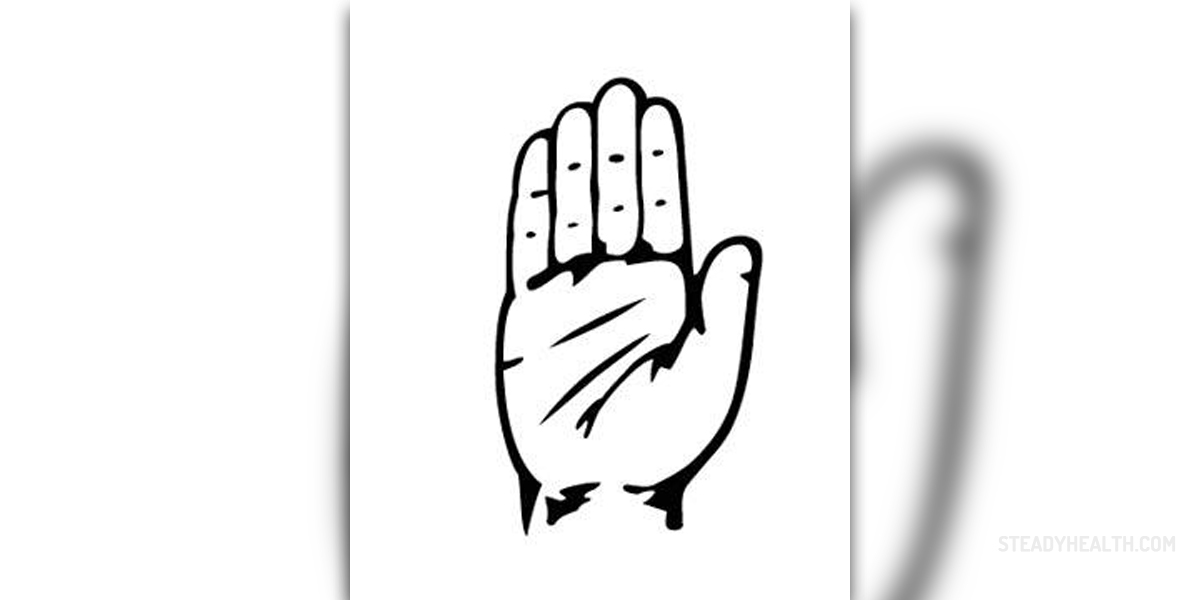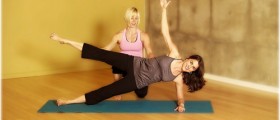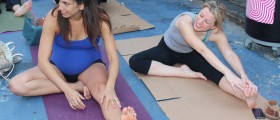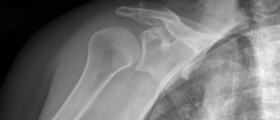
Focal hand dystonia is a condition manifesting through a loss of muscle control taking place during performance of certain repeated and frequently practiced actions. This condition is usually painless and is only rarely connected to genetics.
If you desire to learn more about this condition and the exercises which can help you deal with its symptoms, the lines below should be of great assistance.
Dystonia of the Hand
Many different jobs that people do in the long run require using hands repeatedly and intensively. Nevertheless, musicians are the most common group of people prone to suffering from focal hand dystonia. Yet, people who are dentists, surgeons, writers or some other professionals that use their hands a lot, are known to suffer from focal hand dystonia often.
Some names given to this condition, due to its symptoms are occupational cramps, are violinist's cramp or pianist's cramp.
Speaking of the symptoms related to this condition, musicians commonly notice a subtle loss of muscle control during the fast sequences of their playing. Also, they might feel a loss of precision and notice the appearance of curling of the fingers. In pianists, the fingers may seem to stick to the keyboard, reacting slowly. Finally, the thumb of people who play instruments like the guitar may be prone to Flexing involuntarily.
In all patients suffering from focal hand dystonia, muscle spasms may appear in the affected area. However, the symptoms can vary, depending on the repeated actions which certain professions demand. Therefore, for example, people who play the clarinet may not notice the focal hand dystonia while switching to a saxophone. Moreover, changing the posture and body position can often result in a decrease of the intensity of the symptoms related to this condition. Also, a pianist may notice the symptoms of dystonia while playing on ivory keys, not experiencing them while playing on plastic ones.
As for common causes of dystonia, these are not clearly defined since many different disorders may lead to this condition. However, as we grow up, we learn a vast variety of movements during walking, writing or playing an instrument. Our brain stores these movements and improves them in time. In cases of focal hand dystonia, these actions and memorized motor movements experience abnormalities which result in the appearance of the symptoms related to focal hand dystonia.
Additionally, if injuries appear in a person, the chances of suffering from this disorder are more likely to take place. Unfortunately, once this disorder related to the functioning of our sensory motor programs appears, it can be very hard to bring it under control.
Also, people who develop focal hand dystonias may be prone to experiencing escalation of their condition into some more serious ones like generalized dystonia of a certain type.
At the moment, there are no successful treatments for dystonia. Nevertheless, there are some treatment options which have proven worthy of attention. Basically, this condition can be treated with medications like anticholinergic drugs such as Artane or butolinum toxin injections.
Yet, scientists are trying to find ways of overcoming this condition more effectively, through modifying the ergonomic qualities of instruments or developing special exercises for overcoming focal hand dystonia.
Exercise for Dystonia
Physical therapy can reduce the symptoms of focal dystonia of the hand. However, in order for any progress to be made, one should first identify movements and situations which initially lead to the onset of the symptoms. This can help in the development of treatment since physical therapy can often be combined with medications, increasing their effectiveness.
Therefore, in order to deal with dystonia, it is good to seek medical assistance from a qualified physiotherapist.
On the other hand, there are certain exercises you can perform in order to alleviate the symptoms of this condition yourself. Moreover, certain changes in the methods you use in indulging into some activities related to dystonia may help too.
First of all, during writing, use your shoulders and arm in the process rather than focusing solely on moving your fingers. Also, try changing the angle of the board or the height of the table.
If some exercises result in symptoms of dystonia, try performing them in water. The improvement can be also achieved with yoga, ballet, aerobics, walking etc.
Do not neglect resting and maintaining posture whenever you indulge into repetitive actions which involve your hands or some other parts of your body. Make 10 minute breaks during your activities. During this time, lie down or lay back in a chair, allowing your muscles to relax completely. Organize you time so that you are capable of allowing yourself some deserved rest.
Finally, stretching is very important, so make sure you practice this before any physical activity you perform.
All in all, dystonia of the hand may be a currently untreatable condition, due to the lack of information we have about it. Yet, there are exercises which can help you alleviate its symptoms. Most of these focus on changing your posture or body movements, resting regularly and performing stretches before and after performing the actions. Keep these in mind and decrease the chances of suffering from the symptoms of dystonia.

















Your thoughts on this
Loading...